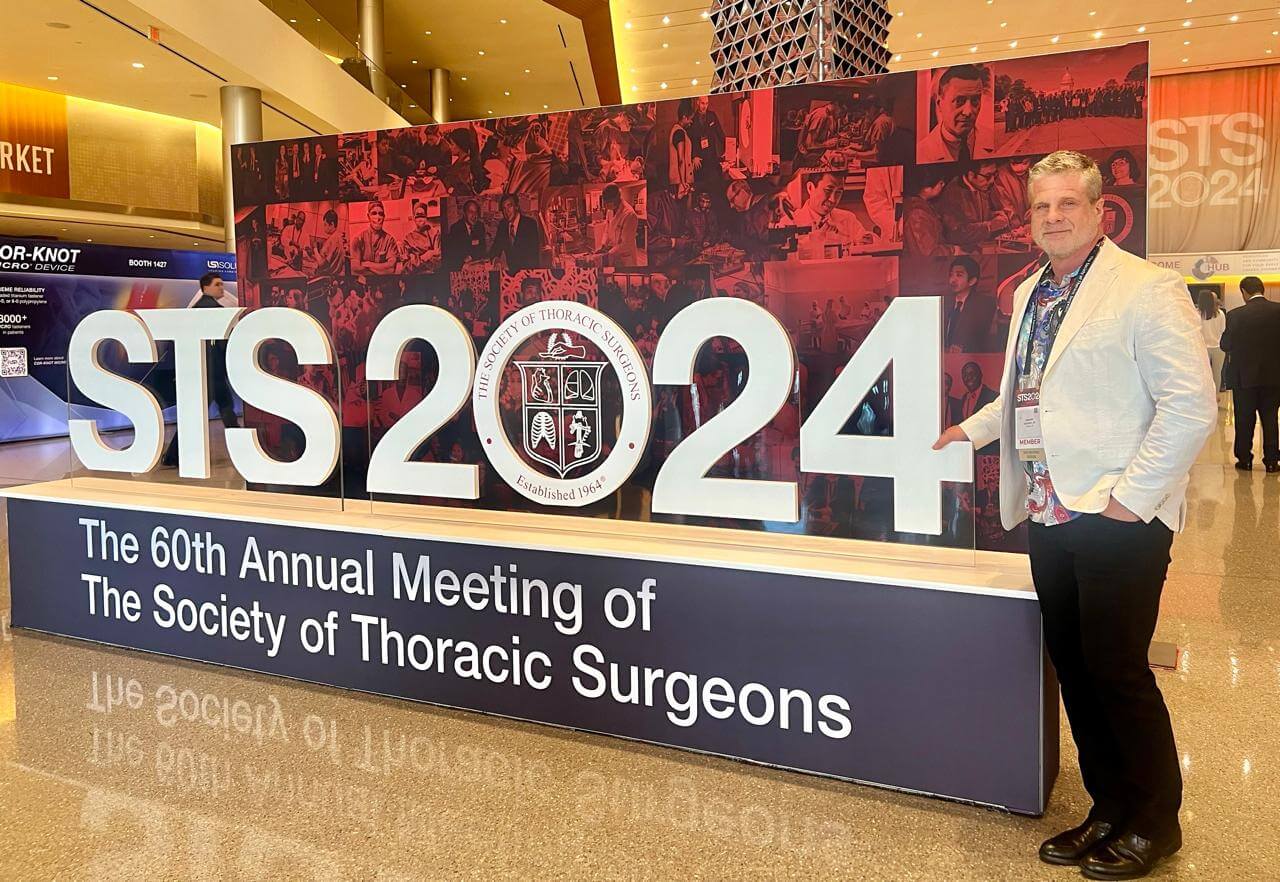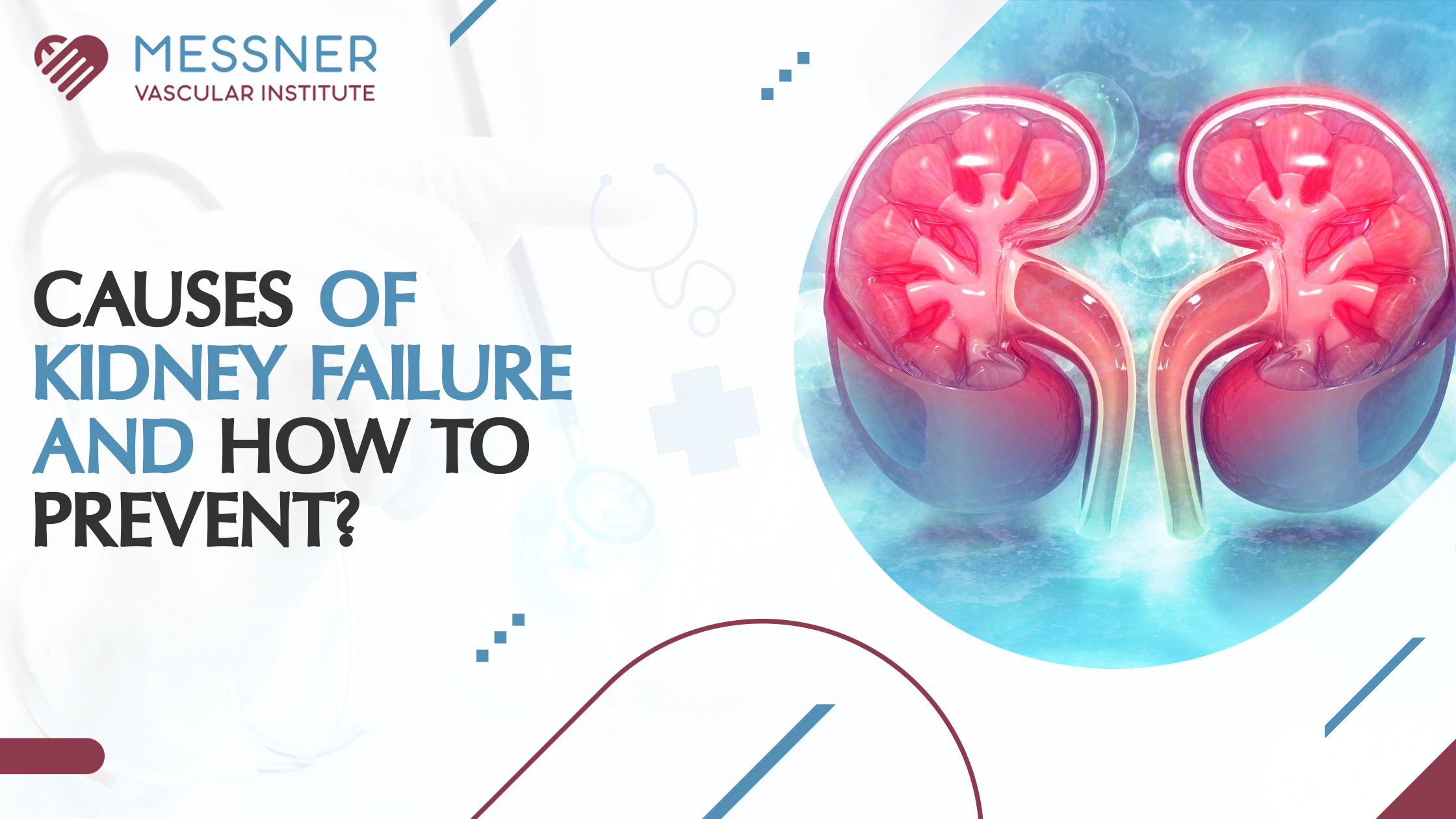Igor D. Gregoric, MD, Roman Kosir, MD, Frank W. Smart, MD, Gregory N. Messner, DO, Vijay S. Patel, MD, Saverio La Francesca, MD, Roberto D. Cervera, MD, and O. H. Frazier, MD
- PMID: 16429905
- PMCID: PMC1351832
Abstract
Congenitally corrected transposition of the great arteries (ccTGA) is a rare anomaly characterized by atrioventricular and ventriculo-arterial discordance and several other malformations that eventually lead to heart failure. We describe the case of a 53-year-old woman with ccTGA and aortic insufficiency who was a candidate for heart transplantation due to end-stage congestive heart failure. Her condition deteriorated before a suitable donor heart could be found; therefore, we placed a left ventricular assist device in the right (systemic) ventricle. Concomitantly, we removed the aortic (systemic) valve, closed the aortic annulus with a bovine pericardial patch, and repaired the mitral valve. The patient recovered uneventfully and was discharged from the hospital 2 months postoperatively. She underwent cardiac transplantation approximately 6 months later and continued to do well after 18 months.
Keywords: Aortic valve, heart assist device, left ventricular, heart failure, congestive, heart transplantation, mitral valve repair, transposition of the great vessels, congenitally corrected
Congenitally corrected transposition of the great arteries (ccTGA) is seen in fewer than 0.5% of patients with clinically evident congenital heart disease.1 In these patients, the left ventricle supports the pulmonary circulation, and the pulmonary veins drain into the left atrium, which in turn empties into the right ventricle. The right ventricle supports the systemic circulation, and the systemic veins drain into the right atrium, which empties into the left ventricle. The most frequent concomitant anomalies associated with ccTGA are ventricular septal defect, pulmonary outflow-tract obstruction, and abnormalities of the systemic atrioventricular valve and the cardiac conduction system.2 With or without associated cardiac lesions, patients with ccTGA are increasingly subject to congestive heart failure as they grow older, especially during the 4th and 5th decades of life.3 In children, treatment options depend on the presence or absence of other abnormalities. The most promising procedure is the double-switch operation, which restores the morphologic left ventricle as the systemic ventricle.4 With advancing age, patients with ccTGA eventually develop congestive heart failure and may become candidates for heart transplantation. When the wait for a donor heart is prolonged, some form of ventricular assistance may become necessary to prevent irreversible, fatal multiorgan failure in patients whose general condition is deteriorating.
Case Report
In 1993, a 53-year-old woman was admitted to our institution because of progressive heart failure. At 32 years of age, she had received a permanent pacemaker to treat dysrhythmias. At that time, well-compensated ccTGA was also diagnosed. At age 42, the patient experienced paroxysmal atrial fibrillation followed by a mild cerebrovascular accident. She was given anticoagulant therapy and recovered completely.
The patient was well until approximately 10 years later, when she began to have progressive shortness of breath requiring further heart failure medications. She was given angiotensin-converting enzyme inhibitors, but these were subsequently changed to angiotensin-receptor blockers because of a cough; she was also given β-blockers and diuretic agents, including spironolactone. These medications initially improved her condition. In March 2003, however, the patient was admitted to an outlying hospital for hypotension and severe shortness of breath. An echocardiogram confirmed the presence of ccTGA. Her systemic ejection fraction had fallen to less than 0.20. The patient also had severe aortic (systemic) valve stenosis, moderate aortic (systemic) insufficiency, mild pulmonary insufficiency, and mild-to-moderate mitral and tricuspid valve insufficiency. She was transferred to our center, evaluated for transplantation, and placed on the cardiac transplant waiting list. She was routinely followed up on an outpatient basis, and her β-blocker therapy was titrated upward to a maximum of 12.5 mg of carvedilol twice daily.
In August 2003, the patient was seen at our clinic because of worsening shortness of breath. Her heart was severely decompensated, with a massive volume overload. There was no obvious explanation for her rapid decompensation. Her cardiac functional status appeared to have gradually regressed to New York Heart Association (NYHA) class IV. She was admitted to our hospital and was given intravenous milrinone and a continuous infusion of bumetanide. After initial improvement, the patient remained hypotensive, with signs and symptoms of low flow and congestion despite inotropic therapy. Her milrinone dosage was increased to 0.5 g/kg/min, and a Swan-Ganz catheter was inserted. The initial cardiac output was 2 L/ min, with a cardiac index of 1.4 L/min/m2 and a pulmonary capillary wedge pressure of 35 mmHg. Because of the patient’s moderate aortic insufficiency, an intra-aortic balloon pump could not be placed. For further pharmacologic support, dopamine was given in addition to the milrinone. Nevertheless, her respiratory status continued to decline, and mechanical ventilation was initiated on the 4th hospital day. Left ventricular assist device (LVAD) support was considered; however, because of the ccTGA, we decided that the medical regimen should be maximized first.
Despite maximal doses of dopamine, milrinone, and (later) vasopressin, the patient’s condition continued to deteriorate; therefore, on August 22, she under-went urgent implantation of an LVAD (HeartMate®, Thoratec Corporation; Pleasanton, Calif) (Fig. 1). The device’s inflow conduit originated from the right (systemic) ventricle. To eliminate aortic valve insufficiency, we had to remove the aortic valve and close the aortic annulus with a bovine pericardial patch. A mitral valvuloplasty with an Alfieri stitch technique was also performed (Fig. 2).
The patient had a prolonged recovery but was discharged from the hospital 2 months postoperatively and did well as an outpatient. In April 2004, a donor heart became available, and successful transplantation was performed. Eighteen months after transplantation, she continued to do well.
Discussion
In adults with a congenital cardiac anomaly, heart transplantation does not seem to entail heightened complication and mortality rates.5–7 When such patients present with congestive heart failure and a suitable donor heart is not available, systemic ventricular assistance should be considered.
Use of a ventricular assist device as a bridge to transplantation in transplant candidates with a deteriorating cardiac condition has become a fairly common strategy. The LVAD’s inflow cannula is usually placed in the dilated left ventricle. In our patient, however, the pump was implanted in the right (systemic) ventricle. Only 1 similar case of successful LVAD placement in the right (systemic) ventricle has been reported.8 In addition, 1 case of ccTGA has been treated by means of a partial systemic ventriculectomy.9 Because our patient had severe aortic (systemic) valve disease related to calcification, as well as signs of mitral regurgitation, she needed concomitant aortic valve removal, patch closure of the annulus, and a mitral valvuloplasty with the Alfieri stitch technique. She recovered uneventfully and was discharged from the hospital 2 months later. Six months postoperatively, she underwent orthotopic heart transplantation, which was followed by an uncomplicated postoperative course.
Aortic valve insufficiency added to ccTGA makes LVAD implantation more challenging, because the aortic insufficiency causes a major loss of pump stroke volume to the left ventricle. One way to treat this condition is to remove the valve and close the annulus with Dacron, or with pericardium, as in our patient. The other possibility is to close the aortic valve. In our patient, the valve could have been replaced with a bioprosthesis, but we chose annulus closure as a viable alternative because success with this technique had been reported in the literature.10
Heart transplantation is the treatment of choice for most ccTGA patients who have end-stage heart failure. If a donor heart is not immediately available and the patient’s condition deteriorates, LVAD implantation becomes the only alternative. Our case shows the feasibility of implanting an LVAD to support the failing right (systemic) ventricle and of performing concomitant aortic (systemic) valve removal, patch closure of the annulus, and mitral valvuloplasty.
Seen in fewer than 0.5% of all patients with clinically evident congenital heart disease,1 ccTGA is extremely rare and may go unnoticed until the 4th or 5th decade of life. The complexity of the surgical alternatives and the paucity of donor hearts emphasize the need for ventricular assistance in such rare cases.
In patients with ccTGA and worsening heart failure complicated by severe aortic insufficiency and mitral regurgitation, the chance of survival to transplantation can be increased by combined LVAD implantation, aortic valve removal, aortic annulus closure, and mitral valvuloplasty.
Footnotes
Address for reprints: O.H. Frazier, MD, Texas Heart Institute, MC 2-114A, P.O. Box 20345, Houston, TX 77225-0345
E-mail: ude.cmt.iht.traeh@nilwonk
References
Articles from Texas Heart Institute Journal are provided here courtesy of Texas Heart Institute
Left ventricular assist device implantation in a patient with congenitally corrected transposition of the great arteries
Left ventricular assist device
Left ventricular assist device implantation (LVAD) is a critical procedure used to support patients suffering from severe heart failure, particularly those whose hearts are too weak to pump enough blood to meet the body’s needs. An LVAD is a mechanical pump that is surgically implanted to help the left ventricle, the heart’s primary pumping chamber, circulate blood throughout the body. This device is often used as a bridge to heart transplantation or, in some cases, as a long-term solution for patients who are not candidates for a transplant.
The implantation of a left ventricular assist device involves a complex surgical procedure, where the LVAD is connected to the heart and the aorta, allowing it to assist in pumping blood. The device typically consists of a small pump, a driveline that connects to a power source, and a controller to manage its function. LVAD implantation has been shown to improve symptoms of heart failure, such as fatigue, shortness of breath, and fluid retention, providing patients with a better quality of life while awaiting a transplant or as a long-term treatment option.
One of the key benefits of left ventricular assist device implantation is its ability to significantly improve survival rates in patients with end-stage heart failure. It can help prevent complications such as organ failure and provide vital time for the heart to recover or for patients to be placed on the transplant list.
Advances in LVAD technology and surgical techniques have made this procedure increasingly successful, with many patients experiencing improved heart function, better physical endurance, and increased life expectancy. As research continues, the development of more efficient and patient-friendly LVADs holds promise for even better outcomes, making this procedure an essential tool in the management of advanced heart failure.






